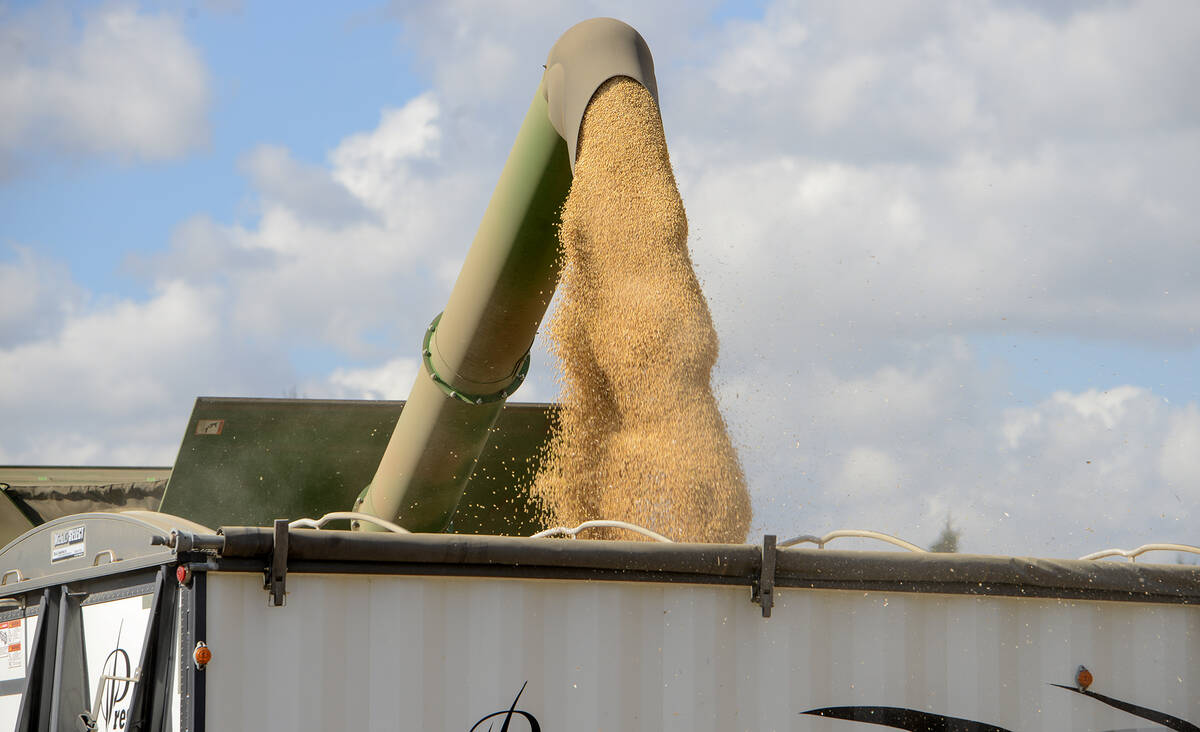The canola market took a turn on Dec. 2 when Statistics Canada lopped off more than 900,000 tonnes from its previous production call for the oilseed. Farmers and traders are faced with less canola, which threw a wrench into things.
As expected, less canola coming off Western Canadian fields provided a strong boost to the oilseed’s futures on the Intercontinental Exchange. But everything isn’t necessarily a pretty picture of higher prices. Expectations for canola in the New Year don’t indicate clear sailing.
Previous projections from Agriculture and Agri-Food Canada of 9.3 million tonnes of export sales have gone out the proverbial window. Less canola out of Canada would normally benefit farmers’ pockets with higher prices, but their counterparts in Australia are set to have a pretty good bounty of their own.
Read Also

Grain markets hungry for U.S. data
The U.S. government shutdown meant that futures markets were left without robust grain supply information
The December report from the Australian Bureau of Agriculture and Resource Economic Sciences forecast record canola production of 7.3 million tonnes. The European Union (19.5 million tonnes), China (14.7 million tonnes), and India (11 million tonnes) round out the rest of world’s leading canola/rapeseed producers. According to the United States Department of Agriculture, Australia accounts for a sizable chunk of the plus 20 million tonnes grown by the rest of the world.
For Canada, the big problem with a bumper crop in Australia is that nearly all of it will go for export. The lesser amount available for overseas sales from Canada could mean greater exports from Australia.
There are expectations that Australia could export up to six million tonnes compared to the 4.8 million it provided last year. Normally, it would ship about 2.6 million tonnes of canola.
Also affecting ICE canola futures is the sharp drop in crush margins. During the week ending Dec. 8, the margins tumbled from a record high $324 per tonne above the January futures to $173 per tonne.
Soyoil on the Chicago Board of Trade is another factor weighing on canola prices. No longer is it selling at around 70 cents per pound, as it did earlier this year when canola was pushing record highs. Soyoil is in the low 60s and that means the spillover support isn’t there anymore.
Despite less canola production in Canada, ending stocks are likely to increase due to Australian exports. The days of historically small carryovers are gone too, at least for now.
Visit marketsfarm.com for more information.
















